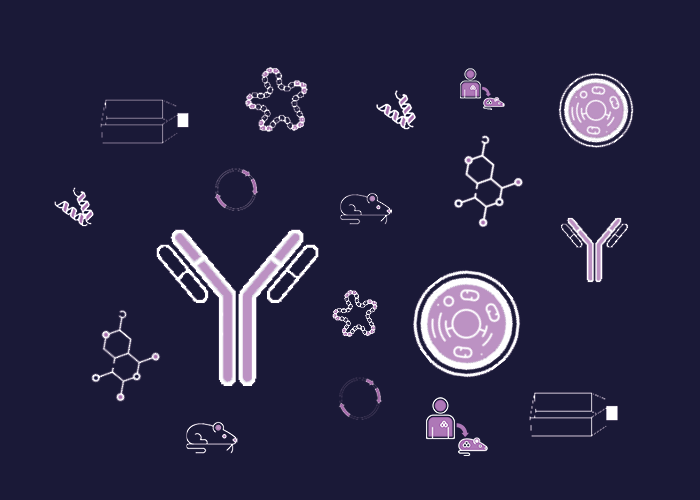
Cat. #162399
Monoclonal antibody anti-CRABPII (CRA-3B3)
Cat. #: 162399
Sub-type: Primary Antibody
Target: CRABPII (Cellular retinoic acid binding protein II)
Class: Monoclonal
Application: ELISA, WB, IHC, ICC
Reactivity: Mouse and human
Host: Mouse
£300.00
This fee is applicable only for non-profit organisations. If you are a for-profit organisation or a researcher working on commercially-sponsored academic research, you will need to contact our licensing team for a commercial use license.
Contributor
Institute: Institut de Génétique et de Biologie Moléculaire et Cellulaire (IGBMC)
Primary Citation: Graub et al. (1998). J Histochem Cytochem. 46(10):1103-11. PMID: 9742066
Tool Details
*FOR RESEARCH USE ONLY (for other uses, please contact the licensing team)
- Name: Monoclonal antibody anti-CRABPII (CRA-3B3)
- Research fields: Developmental biology
- Clone: 5CRA-3B3
- Tool sub type: Primary Antibody
- Class: Monoclonal
- Conjugation: Unconjugated
- Reactivity: Mouse and human
- Host: Mouse
- Application: ELISA, WB, IHC, ICC
- Description: Antibody to CRABPII, a protein that facilitates the transport of retinoic acid, a signaling molecule involved in cell growth and differentiation - can influence cancer pathways.
- Immunogen: recombinant protein corresponding to full length human CRABPII
- Isotype: IgG2a, K
- Additional notes: Avoid repeat freezing and thawing cycles. Does not contain any preservative.
Target Details
- Target: CRABPII (Cellular retinoic acid binding protein II)
- Target background: This protein facilitates the transport of retinoic acid, a signaling molecule involved in cell growth and differentiation, and can influence cancer pathways.
Applications
- Application: ELISA, WB, IHC, ICC
- Application notes: Available as Crude Ascites Fluid. Recommended dilutions: 1/500-1/5000.
Handling
- Storage conditions: -20°C (up to 3 years)
References
- Graub et al. (1998). J Histochem Cytochem. 46(10):1103-11, PMID: 9742066
- Delva et al. (1999) Mol Cell Biol. 19(10):7158-67, PMID: 10490651



